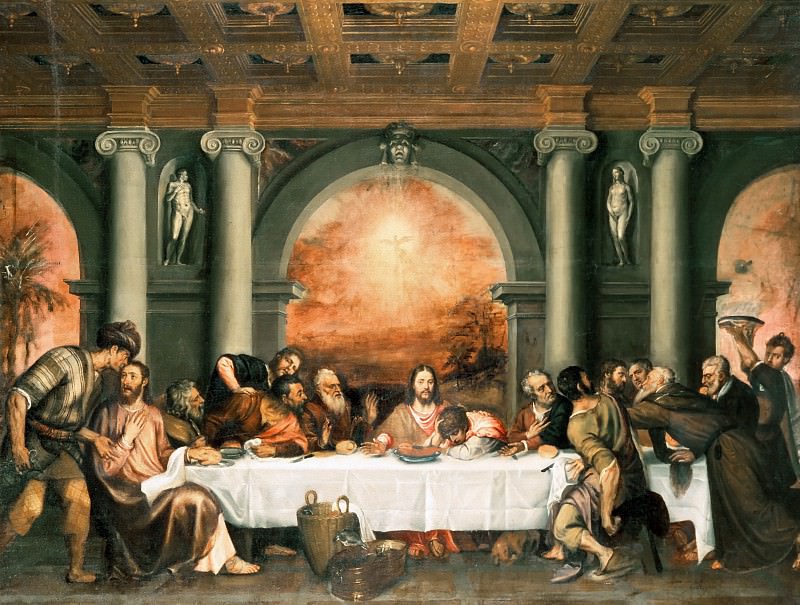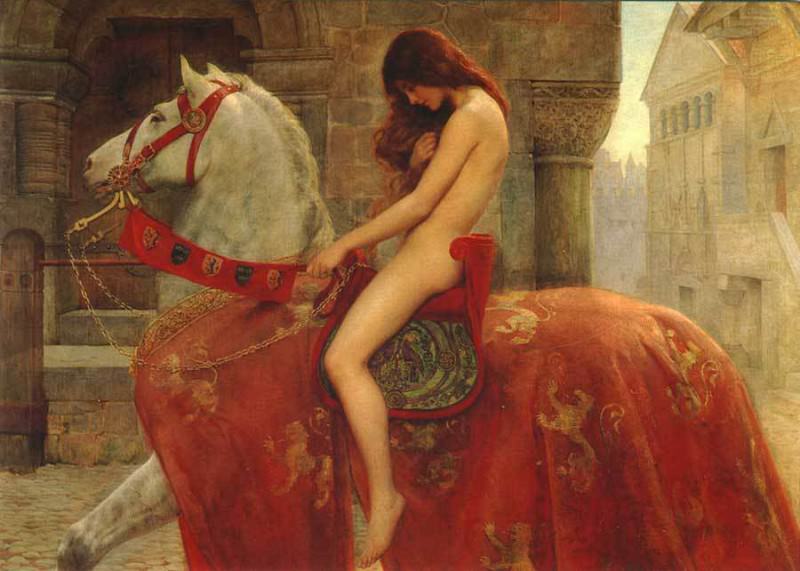Serge Poliakoff: A Visionary of Abstract Art
Serge Poliakoff, a prominent figure in the world of abstract art, remains one of the most influential artists of the 20th century. Born in Moscow in 1900, Poliakoff's journey as an artist took him across continents, ultimately establishing him as a key player in the post-war abstract movement in Europe. His work is celebrated for its unique blend of geometric abstraction, rich color palettes, and a profound sense of spirituality.
Poliakoff's early life in Russia was marked by the turbulence of the Russian Revolution, which led him to flee the country in 1918. This period of upheaval deeply influenced his artistic development, as it exposed him to various cultural influences and artistic traditions. After leaving Russia, Poliakoff traveled through Turkey, Greece, and Egypt, absorbing the diverse artistic styles he encountered along the way. This exposure to different cultures enriched his artistic vocabulary, ultimately shaping his approach to abstraction.
In 1923, Poliakoff settled in Paris, where he immersed himself in the vibrant art scene of the time. Paris in the 1920s was a melting pot of artistic innovation, with various movements such as Cubism, Surrealism, and Dadaism challenging traditional notions of art. Poliakoff's early work was influenced by these movements, but he soon developed his own distinctive style that set him apart from his contemporaries.
Poliakoff's early paintings were figurative, often depicting musicians and scenes from his native Russia. However, as he delved deeper into the world of abstraction, his work began to evolve. By the late 1930s, Poliakoff had abandoned figurative painting altogether, focusing instead on abstract compositions that explored the interplay of color and form. This transition marked the beginning of his mature style, characterized by its emphasis on geometric shapes, vibrant colors, and a sense of harmony.
One of the most striking aspects of Poliakoff's work is his use of color. Unlike many of his contemporaries, who often used color as a means of expression or emotion, Poliakoff viewed color as a structural element. His paintings are characterized by bold, flat areas of color that interact with one another in a harmonious yet dynamic way. This approach to color creates a sense of depth and movement, drawing the viewer into the composition.
Poliakoff's use of color was heavily influenced by his interest in music. As a trained musician, he believed that painting and music shared a common language, one that could convey emotions and ideas without the need for representation. This belief is evident in his paintings, where the arrangement of colors and shapes often resembles the composition of a musical piece. Each element of the painting plays a role, contributing to the overall harmony of the work.
Another key element of Poliakoff's work is his use of geometric shapes. His compositions are often built around a series of interlocking shapes, each carefully arranged to create a sense of balance and unity. These shapes are not rigid or mechanical but rather organic and fluid, reflecting Poliakoff's interest in the natural world. The interplay of shapes and colors in his work creates a dynamic tension, drawing the viewer's eye across the canvas.
Poliakoff's mature work is often described as "spiritual abstraction." His paintings are not merely formal exercises in color and shape; they are imbued with a sense of spirituality and transcendence. Poliakoff himself was deeply interested in the mystical and spiritual traditions of various cultures, and this interest is reflected in his work. His paintings often evoke a sense of meditation or contemplation, inviting the viewer to look beyond the surface and explore the deeper meaning of the composition.
Throughout his career, Poliakoff was associated with the School of Paris, a group of artists who were active in Paris during the mid-20th century. This group, which included artists such as Wassily Kandinsky, Sonia Delaunay, and Jean Arp, was known for its commitment to abstraction and its emphasis on color and form. Poliakoff was a key figure in this movement, and his work was exhibited alongside that of his contemporaries in major exhibitions across Europe.
Poliakoff's work received widespread recognition during his lifetime, and he was honored with numerous awards and exhibitions. His paintings were included in major retrospectives at institutions such as the Musée National d'Art Moderne in Paris and the Solomon R. Guggenheim Museum in New York. Today, his work is held in the collections of major museums around the world, including the Tate Modern in London, the Centre Pompidou in Paris, and the Museum of Modern Art in New York.
Despite his success, Poliakoff remained a humble and introspective artist. He was deeply committed to his work, often spending long hours in his studio refining his compositions. He believed that art was a means of exploring the mysteries of existence, and he approached each painting as an opportunity to delve deeper into these mysteries. This sense of dedication and curiosity is evident in his work, which continues to captivate and inspire viewers today.
In addition to his paintings, Poliakoff also experimented with other media, including drawing, printmaking, and sculpture. His drawings, in particular, offer a fascinating glimpse into his creative process. These works on paper often feature the same geometric shapes and color combinations found in his paintings, but they are executed with a spontaneity and freedom that is unique to the medium. Poliakoff's prints and sculptures, though less well-known than his paintings, also reflect his interest in abstraction and his commitment to exploring new forms of expression.
Poliakoff's legacy as an artist is not limited to his own work. He was also a teacher and mentor to a new generation of artists, many of whom were influenced by his approach to abstraction. His influence can be seen in the work of artists such as Pierre Soulages, Nicolas de Staël, and Hans Hartung, who were inspired by Poliakoff's use of color and form. Today, Poliakoff is regarded as one of the pioneers of abstract art, and his work continues to be celebrated for its innovation and depth.
In conclusion, Serge Poliakoff's contribution to the world of art is immeasurable. His unique approach to abstraction, characterized by its bold use of color, geometric shapes, and spiritual undertones, has left an indelible mark on the history of modern art. Poliakoff's work challenges the viewer to look beyond the surface, to explore the deeper meanings and emotions that lie within the composition. As one of the leading figures of the School of Paris, Poliakoff's legacy continues to inspire and influence artists and art lovers alike, ensuring that his place in the pantheon of great artists remains secure.



